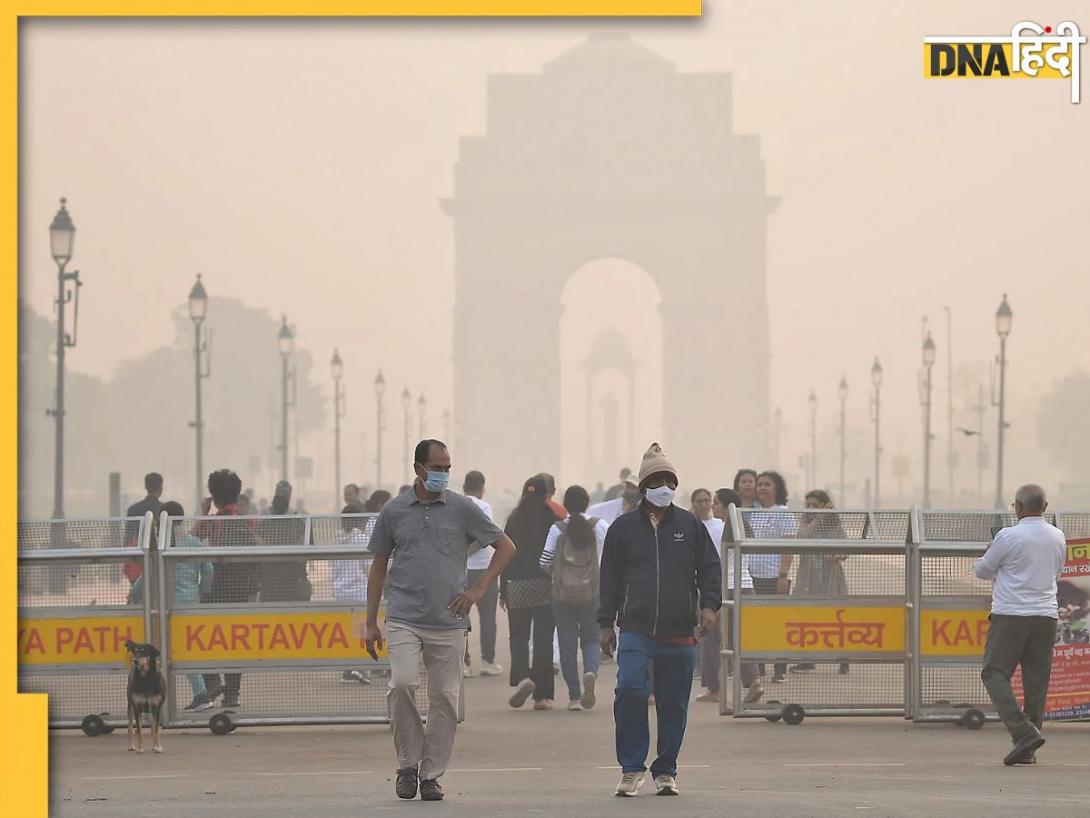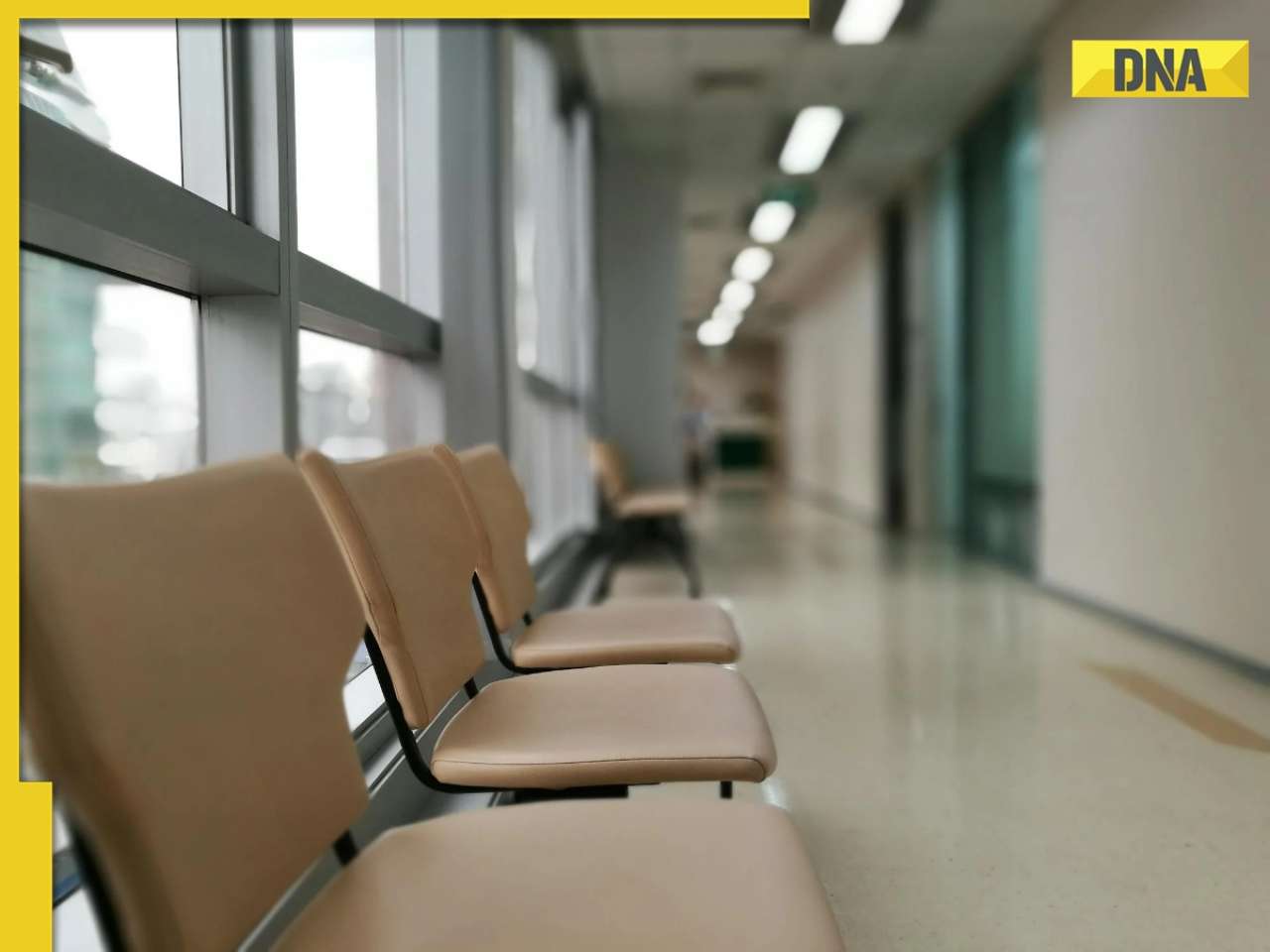- LATEST
- WEBSTORY
- TRENDING
WORLD
Are doctors what ails US health care?
Two decades worth of US healthcare data shows that regional disparities are increasingly creating a nation of health care haves and have nots.
TRENDING NOW
Nowhere in the United States has more doctors at its beck and call than White Plains, one of the wealthiest cities in the nation.
Doctors have been flocking to the area and surrounding Westchester County since the 1970s, drawn in part by an upper-class clientele who demand top-notch medical care and have the means to pay for it. The county has one of the highest median household incomes in the nation (about $77,000 a year in 2007), and the figures soar above six digits in suburbs like Scarsdale and Chappaqua, which former president Bill Clinton calls home.
Nearly 3,000 miles (4,830 km) away, scaring up a doctor in Bakersfield, situated in California's economically battered Central Valley, is a lot harder. In fact, White Plains has more than twice the number of doctors per capita as Bakersfield, where needy patients until recently had to take a 2-hour bus trip to Fresno to see a diabetes treatment specialist.
Two decades worth of US health care data analysed by Dartmouth Medical School at Reuters' request shows that such regional disparities are increasingly creating a nation of health care haves and have nots.
The research also suggests that the chasm between places like White Plains and Bakersfield is likely to grow – a point underscored by dozens of interviews with doctors and experts. That's because physicians, the data shows, gravitate toward affluent locales in the United States that already have all the medical help they need.
What's more, the Dartmouth analysis shows, clusters of doctors tend to result in higher health care costs – and, perhaps most surprisingly, outcomes aren't any better in cities with the largest physician populations.
Congressional Democrats in late October unveiled a sweeping health care overhaul that would transform the insurance market, extend health insurance to 46 million additional US patients and levy new taxes on the rich.
The House of Representatives could vote as early as Saturday on a bill that would launch the biggest changes to the US health care system since the creation of the Medicare health program for the elderly in 1965. But Senate action is unlikely until next year.
President Barack Obama has made reform of the $2.5 trillion US health care industry, which constitutes one-sixth of the economy, his top domestic priority.
Yet, even if Obama gets everything he wants in his bruising fight with Republicans, stunning imbalances will remain in how the fruits of the health care system are distributed.
Access to top doctors, cutting-edge procedures and advanced life-saving technology has less to do with need and more to do with quality of life issues that any professional would consider when deciding where to live – climate, schools, and perhaps most importantly, income.
Irrational distribution
Consider this fact: The number of primary care physicians per capita varies by a factor of 2.5 across US hospital districts, and specialists by more than three-fold, according to Dartmouth. For every doctor who lives and practises in an underserved area, four others settle in an overserved area, the medical school's data shows.
There's an "irrational distribution" of the most valuable and expensive US health care resources and "physicians simply do not settle in greater numbers where patient needs are greater," said David Goodman, director of health policy research at the Dartmouth Institute for Health Policy and Clinical Practice.
Neonatologists don't set up practice where the need is greatest, and cardiologists don't flock to cities with high rates of acute myocardial infarction, Goodman said.
Moreover, Dartmouth's examination of two decades of US hospital admission data show that more doctors are not necessarily the solution to what ails the US health care system. That's because patients treated in communities with an abundance of doctors are more likely to receive unnecessary tests and procedures, the school found.
To illustrate the point, Dartmouth's Atlas of Medical Care database compares spending on patients covered by Medicare—the US government's program to cover elderly and disabled patients—during the last two years of their life.
At Westchester Medical Center in Valhalla NY, near White Plains, Medicare spending was about $87,000 in the last two years of life, and during the last six months of life, patients spent an average 24 days in the hospital and were seen by 53 physicians.
Meanwhile, at Mercy Hospital in Bakersfield, Medicare spending was $57,000 in the last two years, and patients spent an average 14 days in the hospital in the last six months and were seen by 40 physicians.
Westchester County hospital executives defend their specialist networks as essential to their patients.
"If you ask me if patients in this area are overserved, my answer is no," said Michael Israel, chief executive of Westchester Medical Center, a highly specialised academic hospital that handles some of the Hudson Valley's most complex treatment cases.
"In many areas of the country people need care that is not available to them," Israel said. "They are not getting it."








)
)
)
)
)
)
)
)
)
)
)
)
)
)
)




























































